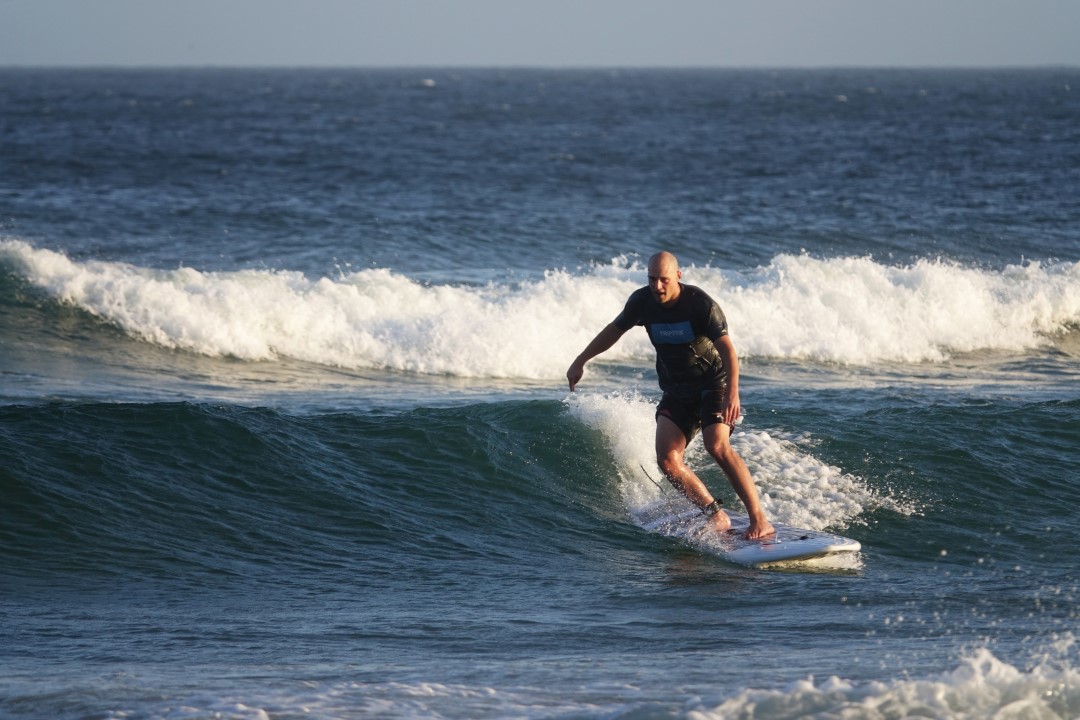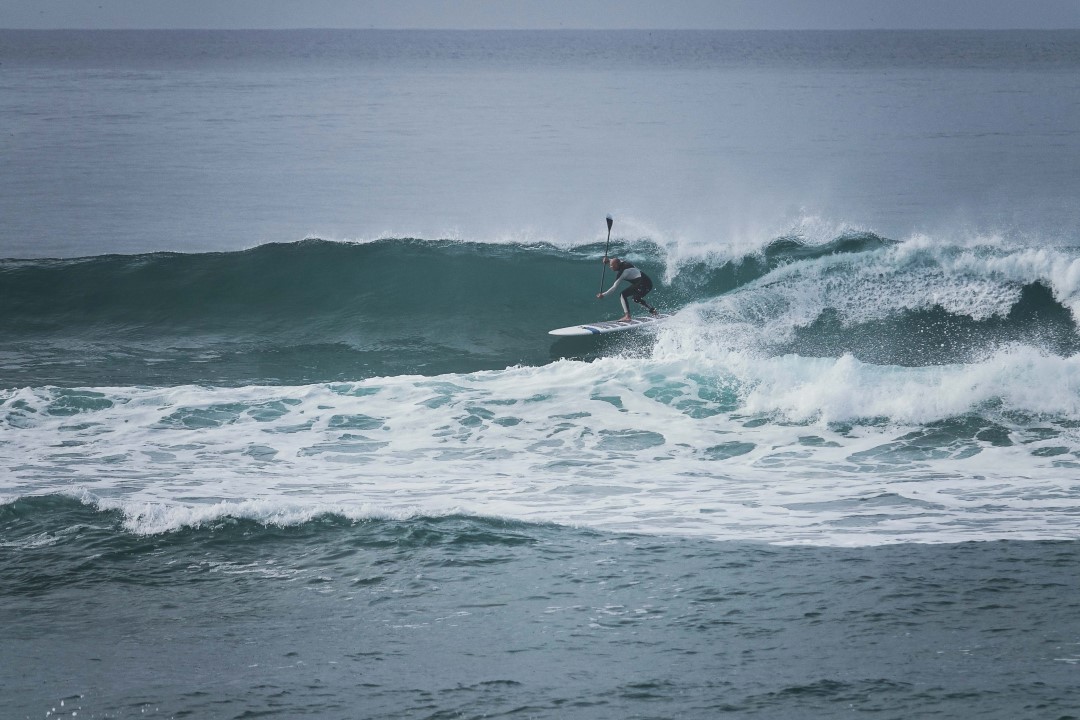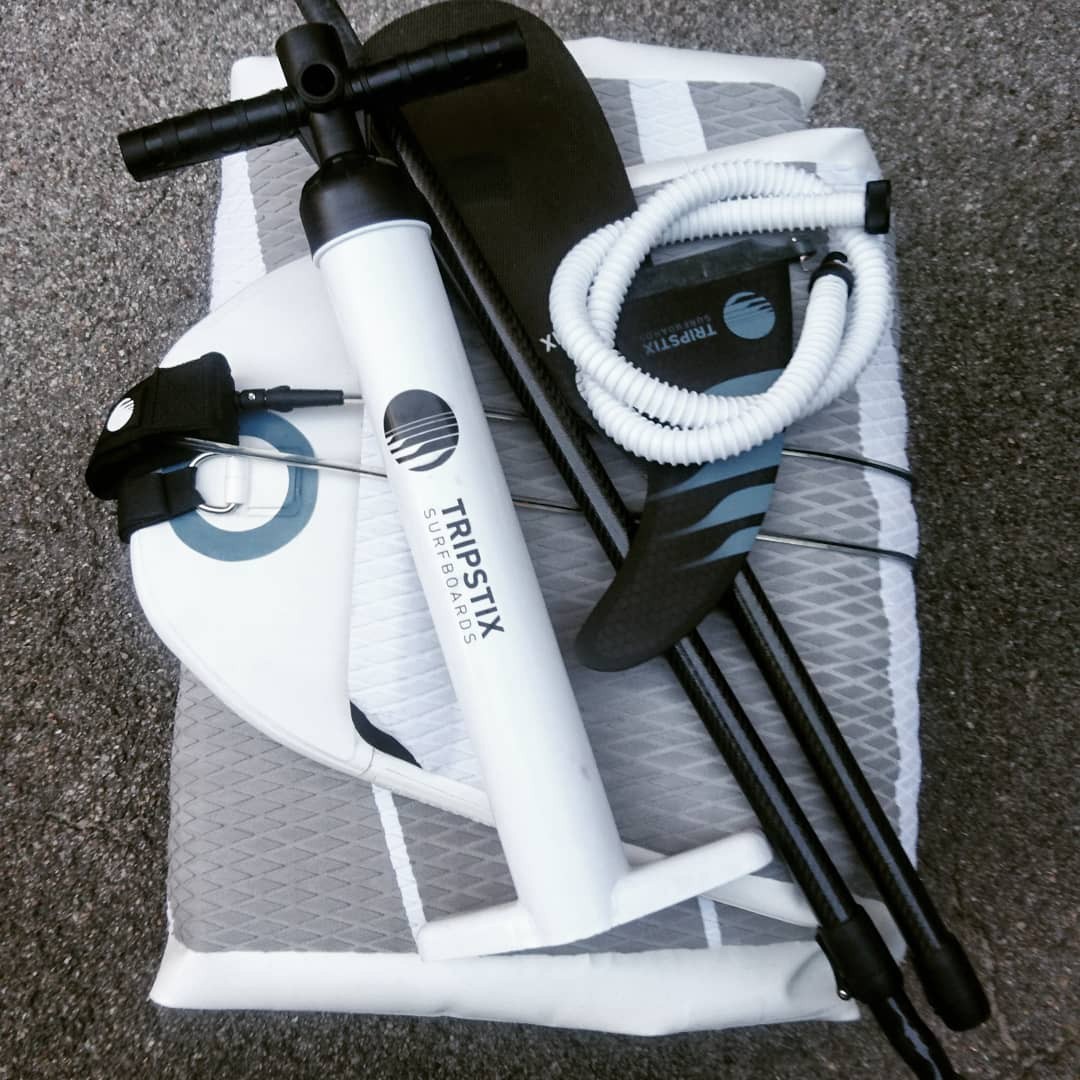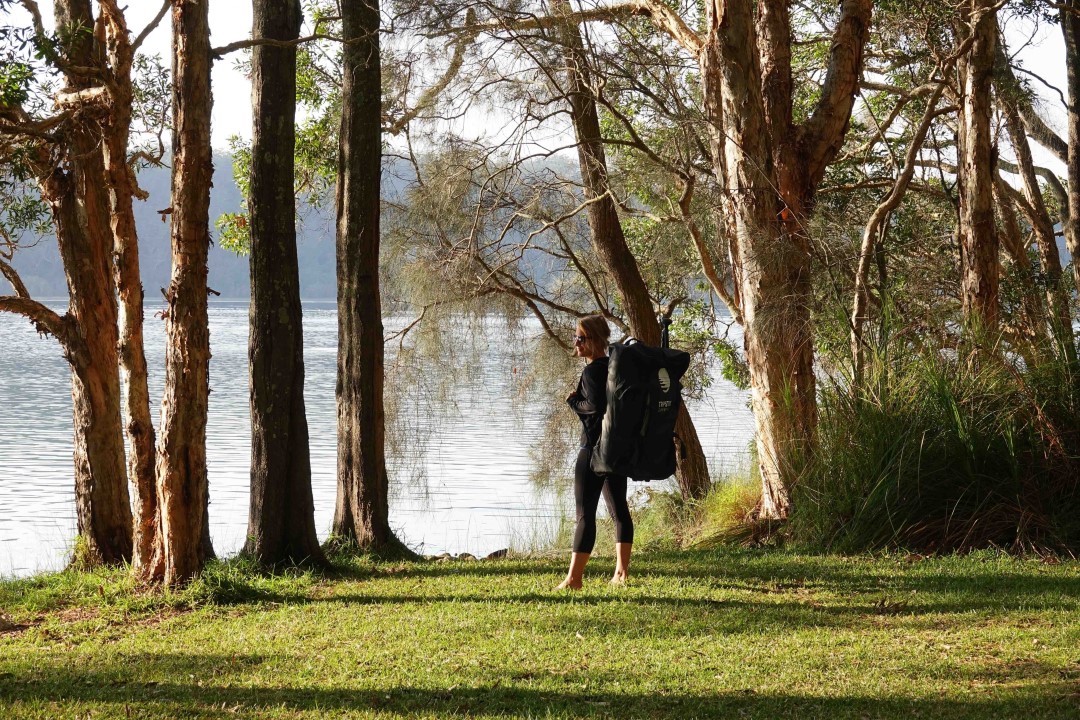We spoke with surftech startup Tripstix two years ago. Back then, the company was right in the middle of their crowdfunding campaign. Getting from their prototype to serial production, however, was a long process. Now the boards are finally being delivered. That made it high time to ask founder Stefan Klare how things are going!
River surfing capital meets tech startup meets ultimate recreation: How beneficial was Munich as a location for Tripstix?
Munich is definitely a good location for this project. UnternehmerTUM, the startup center in Garching with close ties to TUM, was extremely helpful at the beginning of the project in particular!
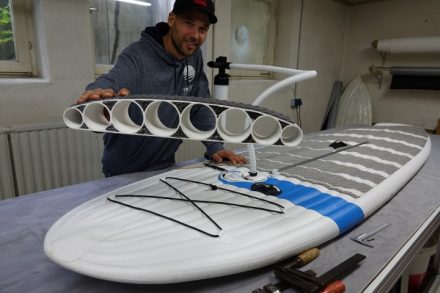
Without the surfing charm of this city, my project probably wouldn’t exist. I was a surfer first, and it was only my own predicament — complicated board transportation — that made me an entrepreneur. I think combining my passion with my technical background in engineering is what initiated the project and made it possible to implement. Without my studies and knowledge gained from my doctorate degree, I would have never known how to make my idea a reality.
How did Tripstix finance the long development stage?
The idea for Tripstix originated in 2011. Part of your financing came from startup grants, another part from your crowdfunding campaign. How did you manage to stay afloat for so long?
Development really did take a very long time. Product development for a technical product, particularly in the field of hardware, is known to be complex! I’ve been working on this project full-time for about five years now — and from a statistical point of view, it takes five years to get from the idea to the maturity phase. So that makes us totally average.
I financed those five years in a number of ways. First we had the grants I mentioned, which supported us for about two years. We were also able to sell a license for our technology to a brand in the US, and that financed us for another two years. Then last year, I also worked on the side as a founding coach at UnternehmerTUM. I got by without an investor that whole time, and I’m really proud of that.
The crowdfunding campaign brought in more than 100,000 euros and was a complete success. Often times, the real work begins after you reach your financing target. How was it for you?
You’re absolutely right. Shortly after the campaign, we encountered our first serious problems after noticing a weak point that made serial production a distant prospect. Product development takes time, and that’s how it was for us too. We originally wanted to send the products to our Kickstarter supporters in October 2017 — but it took until May and June 2019 to do it. That was aggravating, but also nothing unusual for a crowdfunding project.
The reward is finally here
You’re currently sending the boards to your supporters. How is your startup situated now?
Exactly, our Kickstarter supporters are being taken care of right now. They waited long enough for their boards! A further delivery should arrive at our warehouse at the end of July. Those boards can already be purchased on our web shop.
What was the biggest mistake you’ve made so far?
I think we slightly underestimated the amount of time and development necessary to be ready for serial production. Our professor — Prof. Veit Senner, Professor of Sport Equipment and Sport Materials — told us in 2014: “Building a prototype isn’t difficult at all! The last 5% to reach the maturity phase are the most difficult!”. Now we know how right he was!
“Building a prototype isn’t difficult at all!”
So what’s next on the agenda?
The next step will be to develop different types of boards and to continue developing our technology. We have one board design at the moment – the Allround. While we’re able to appeal to a relatively broad user group with our Allround board, there are still lots of people who prefer different board shapes!
Thank you, Stefan, for the interesting insights!

